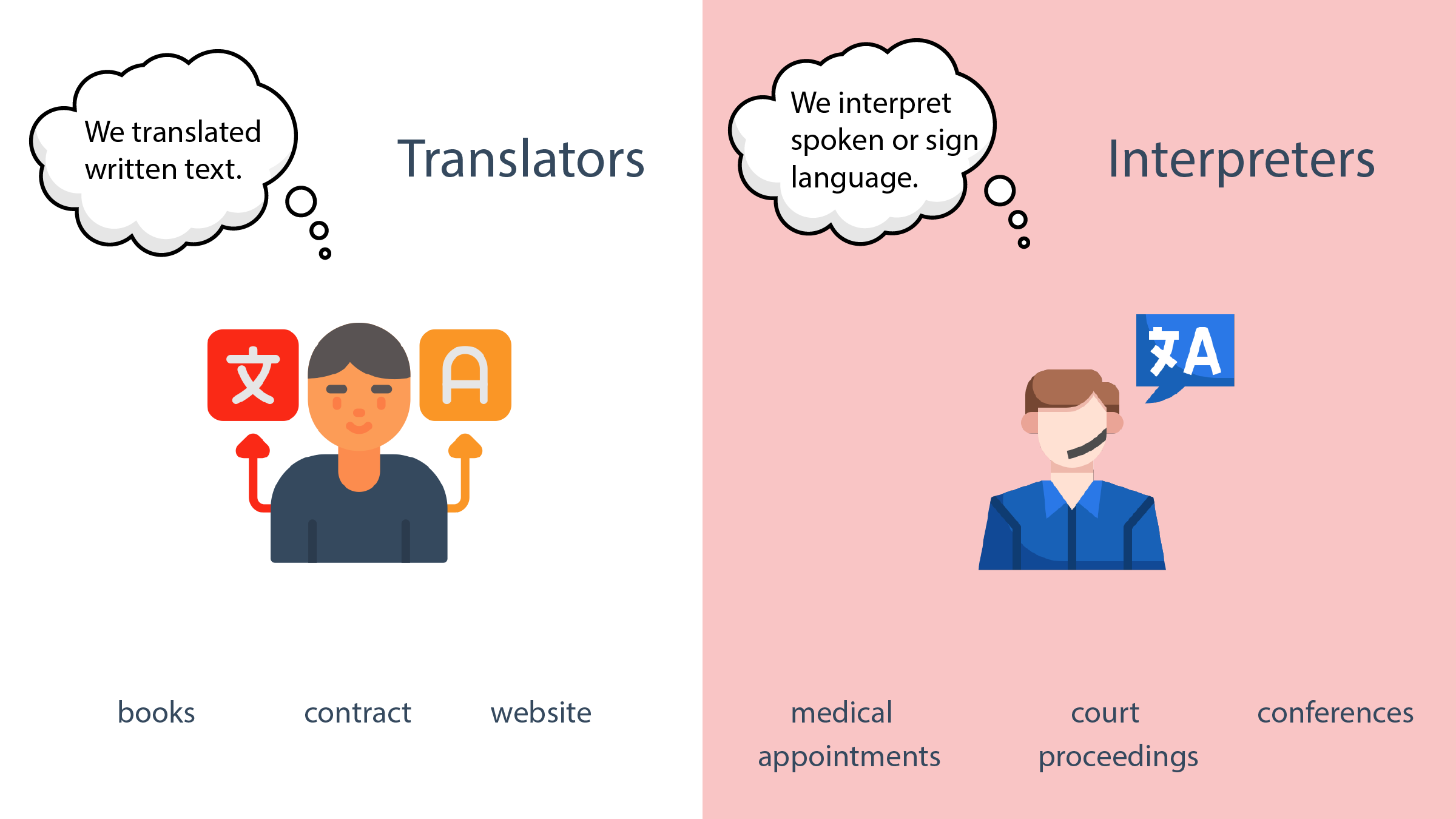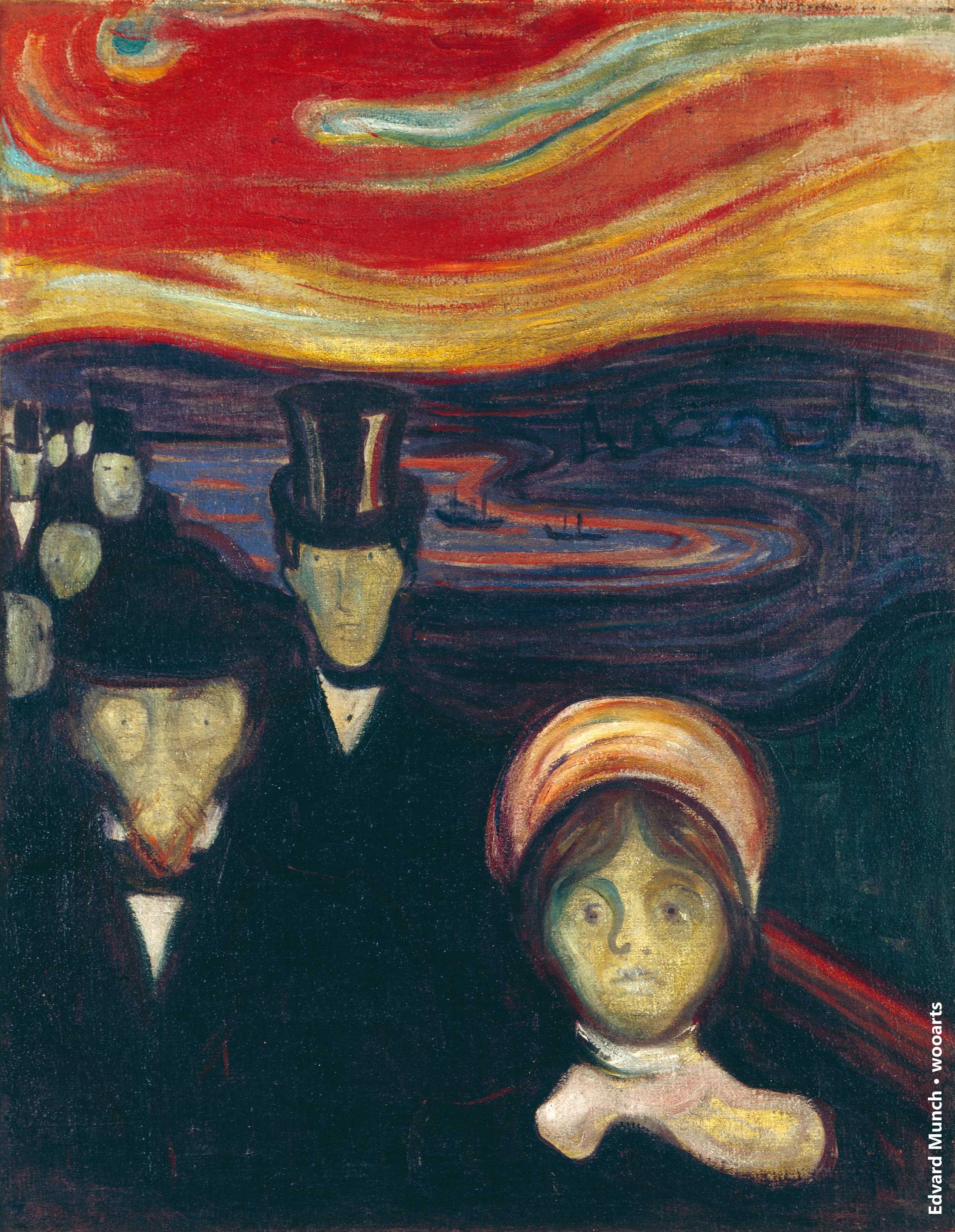If you’re keen to enhance your literary skills, understanding how to read like a translator can provide invaluable insights. This unique approach goes beyond mere reading; it involves adopting translation techniques that allow you to perceive nuances in language that might otherwise be overlooked. Damion Searls, a prominent translator, emphasizes that reading for translation is a deeply analytical process, akin to dissecting the very fabric of a text. This method not only sharpens your understanding of sentence structure but also encourages a philosophical reflection on the act of translation itself. As you delve into the world of literary translation, you gradually uncover the layers of meaning embedded in each word, transforming the way you engage with texts around you.
Exploring the art of reading through the lens of translation opens up new avenues for understanding and appreciation of literature. By engaging in techniques used by translators, one can better appreciate how language conveys different meanings and emotions. The practice of reading with a translator’s mindset allows individuals to dissect and interpret texts with a critical eye, facilitating a richer reading experience. Damion Searls’ insights highlight the importance of thorough comprehension and the philosophical underpinnings that guide the translation process. As a reader, adopting this perspective not only enhances your literary experience but also ignites a profound appreciation for the intricacies of language.
Understanding the Art of Translation
Translation is an intricate art that demands not just linguistic proficiency but also a profound understanding of context and culture. Literary translation, in particular, requires an ability to navigate the subtleties of language while maintaining the author’s original voice. Damion Searls emphasizes that translation is not merely a word-for-word conversion but a complex process of interpretation that involves a deep engagement with the text. Reading for translation means immersing oneself in the nuances of the original language while simultaneously crafting a version that resonates with the target audience.
The philosophy of translation suggests that every translated text is shaped by the choices and interpretations of the translator. Searls’ insights reveal that these choices are often influenced by the cultural contexts of both the source and target languages. This artistic endeavor requires translators to be adept at identifying not just the linguistic elements but also the emotional undertones and stylistic choices that define the original work. As such, the translator’s task is to breathe new life into the text, providing readers with a version that feels both authentic and engaging.
How to Read Like a Translator
To read like a translator involves adopting a mindset that goes beyond passive consumption of text; it requires active questioning and critical analysis. Damion Searls highlights the importance of close reading, which entails paying meticulous attention to the construction and intention behind each sentence. By examining the structural elements of a piece, translators can discern what must be preserved in translation and what can be adapted without compromising the integrity of the original. This approach is particularly significant in literary translation, where every word carries weight and meaning.
In practical terms, reading like a translator means being attuned to the subtleties of language. Searls points out how specific constructions in one language may not translate seamlessly into another, requiring the translator to find innovative solutions that convey the same depth of meaning. This approach not only enhances the translation quality but also enriches the reader’s experience. A translator’s ability to perceive these nuances reflects a broader understanding of linguistic and cultural dynamics, ultimately allowing them to create a translation that resonates with readers on multiple levels.
The Role of Interpretation in Translation
Interpretation plays a crucial role in the translation process, especially in literary works where themes and emotions are intricately woven into the text. Searls explains that a translator’s reading experience is shaped by their own perceptions and interpretations, which influence the choices they make during the translation. This subjective lens can lead to variations in how different translators convey the same text, underscoring the idea that translations are more than just linguistic exchanges—they are interpretations infused with the translator’s unique voice and understanding.
Additionally, understanding the author’s intent and the socio-cultural context of the original work is essential for translators. This deep level of engagement allows them to render the text in a way that honors its original meaning while making it accessible and relatable to the target audience. Such interpretation requires not only linguistic skills but also an appreciation for the themes and emotions that the author aims to express, ensuring that the translation serves as a faithful representation of the original work.
The Evolution of Translation Techniques
Translation techniques have evolved significantly over time, influenced by changing linguistic theories and cultural contexts. Searls, through his extensive experience, outlines various methods that translators use to approach their craft. These range from direct translations, which aim to preserve the original form, to more creative interpretations that prioritize meaning over structure. Understanding these techniques enables translators to choose the most effective method based on the text’s unique requirements, making the translation process both an art form and a skill.
Moreover, the development of translation studies as an academic discipline has provided translators with tools and frameworks to analyze their work critically. By exploring the philosophies of translation, such as those proposed by figures like Maurice Merleau-Ponty, translators can gain deeper insights into how language functions and the inherent complexities of translating thoughts and emotions. This theoretical grounding not only enhances the translator’s proficiency but also contributes to a richer understanding of the cultural interplay inherent in the act of translation.
Navigating Language Differences: A Translator’s Perspective
Navigating the differences between languages is one of the most challenging aspects of translation. Languages are not just tools for communication; they embody cultural identities, historical backgrounds, and social norms. Searls illustrates this point with examples from his translations, showcasing how certain constructions in languages like German or Norwegian carry significance that may not have direct equivalents in English. This requires the translator to be creative and adaptable, often needing to find ways to convey meaning while respecting the integrity of the original text.
Translators must also be mindful of idiomatic expressions and cultural references that may not resonate with the target audience. The challenge lies in finding a balance between fidelity to the source text and accessibility for readers in the target language. This complex navigation process reflects a deeper understanding of both the source and target languages, emphasizing the significance of cultural competence in translation. By approaching translation as a cultural exchange, translators can produce works that are not only accurate but also meaningful and engaging.
Searls’ Philosophy of Translation
Damion Searls’ philosophy of translation offers valuable insights into the translator’s role as an intermediary between cultures. He posits that translation is a living bond between the text and its new audience, emphasizing the dynamic nature of language. Searls draws parallels between a translator’s immediate recognition of language and a person’s instinctual understanding of objects around them, such as a chair. This philosophical framework reinforces the notion that translation is as much an art as it is a skill, requiring translators to interpret, convey, and sometimes reinvent meaning.
Moreover, Searls’ approach encourages translators to embrace their subjectivity as a strength rather than a hindrance. He acknowledges that each translation is influenced by the translator’s experiences, perspectives, and insights. By recognizing the value of personal interpretation, translators can elevate their work beyond mere linguistic conversion and into the realm of artistic expression. This perspective not only sheds light on the complexities of literary translation but also opens up discussions on what it means to faithfully represent an author’s vision.
The Importance of Context in Translating Literature
Context is paramount in literary translation, as it shapes the reader’s understanding of the text. Understanding the historical, cultural, and emotional background of a piece greatly influences how a translator approaches their work. Searls emphasizes that a translator’s knowledge of the author’s background, the period in which the work was written, and the societal norms of that time can significantly enhance the quality of the translation. By embedding contextual knowledge into their translations, translators can ensure that the work resonates authentically with its new audience.
Additionally, the relationship between the text and its context allows translators to make more informed choices regarding tone, style, and content. This depth of understanding helps prevent the loss of essential layers of meaning during the translation process. As Searls articulates, maintaining the cultural and emotional richness of the original text is critical, especially in literary works where subtleties can easily be overlooked. Contextual awareness, therefore, is not just an asset but a necessity for achieving a successful and impactful translation.
Building Skills for Effective Translation
Building effective translation skills requires a blend of practice, study, and experience. According to Searls, aspiring translators should focus on honing their reading skills as much as their writing abilities. Close reading exercises can help prospective translators develop a keen awareness of language structures and nuances, which are essential for effective translation. Furthermore, engaging with diverse texts—both in the source language and the target language—can expand a translator’s skill set and expose them to various styles and idioms.
Moreover, translators should foster a habit of continuous learning, seeking feedback from peers and mentors to refine their craft. Participating in workshops, much like the sessions led by Searls, offers invaluable opportunities for honing translation techniques and discussing theoretical frameworks. Embracing a growth mindset is essential for anyone looking to excel in this field, enabling translators to adapt and innovate as they encounter new challenges. Building these skills not only increases a translator’s proficiency but also enriches their engagement with literature across cultures.
Translating Emotions: The Heart of Literary Translation
Translating emotions is arguably one of the most challenging aspects of literary translation. The emotional weight that an author infuses into their text must be carefully preserved to maintain the impact on readers. Searls highlights the importance of truly understanding the emotional landscape of a narrative, as it guides the translator in making decisions about word choice and tone. Achieving this emotional fidelity requires the translator to immerse themselves in the text deeply, grasping the nuances that convey feelings in the source language.
Furthermore, effective literary translation often involves finding equivalent emotional expressions within the target language, which is not always straightforward. This process can lead to inventive solutions that resonate with the target audience while remaining faithful to the author’s intent. Searls notes that engaging with the emotional depth of a text allows translators to create translations that not only convey the plot but also evoke the same feelings experienced by readers in the original language.
Frequently Asked Questions
What does it mean to read like a translator?
Reading like a translator involves engaging deeply with the text, understanding the nuances of language structure, and recognizing intentional stylistic choices made by the author. It’s a reflective process where the reader isn’t just absorbing information but analyzing how to convey the same meaning in another language.
How can translation techniques enhance reading comprehension?
Translation techniques, such as close reading and linguistic analysis, can significantly enhance reading comprehension. By applying these techniques, readers can uncover deeper meanings and stylistic elements within a text, helping them appreciate both the source and target languages.
Who is Damion Searls and what is his approach to literary translation?
Damion Searls is an acclaimed translator known for his work with authors like Jon Fosse and Proust. His approach to literary translation emphasizes the process of reading as a method of understanding texts, focusing on how to preserve the author’s voice and intention while adapting it for English readers.
What is the philosophy of translation according to Damion Searls?
In his philosophy of translation, Damion Searls posits that translating is akin to a reading experience where the translator must form a connection with the text. He draws on the ideas of philosopher Maurice Merleau-Ponty, suggesting that the relationship between translators and language mirrors the immediate understanding one has of a familiar object.
What is ‘reading for translation’ and how does it differ from normal reading?
Reading for translation involves a meticulous examination of text, where the reader must consider linguistic choices, cultural nuances, and the intent behind those choices. Unlike regular reading, which may focus solely on comprehension, reading for translation requires an analytical perspective to prepare for converting the text into another language.
How can I develop skills to read like a translator?
To develop skills to read like a translator, practice close reading of texts in your source language. Additionally, engage with translation theory, explore diverse literary works, and experiment with translating passages to hone both your linguistic intuition and your understanding of stylistic elements.
What elements should a translator consider when reading a source text?
When reading a source text, a translator should consider the author’s voice, cultural context, linguistic structure, and stylistic choices. These elements are crucial for crafting a faithful and effective translation that resonates with the target audience.
How does Damion Searls suggest approaching a new translation project?
Damion Searls recommends starting with a slow and precise first draft when approaching a new translation project. This allows for thoughtful revisions later on, focusing on how the text should sound in English rather than constantly checking the source material.
What role does intuition play in the translation process according to translators like Searls?
Intuition plays a significant role in the translation process, as translators like Damion Searls rely on their instincts to make decisions about wording and structure. This helps them create translations that feel natural and sound good in the target language, aligning with the author’s intent.
How can literary translation improve my overall reading skills?
Literary translation can improve overall reading skills by encouraging readers to engage with texts on a deeper level. It fosters analytical thinking and a greater awareness of language mechanics, making readers more adept at understanding complex narratives and stylistic devices.
| Key Points |
|---|
| Damion Searls compares translation choices to a reader’s visualization of Mr. Darcy in ‘Pride and Prejudice.’ |
| Translation is a reading experience, not just a transfer of words; no perfect translations exist. |
| Searls translates from various languages, including German and Norwegian, and has worked with notable authors. |
| The process of translation combines close reading and writing, emphasizing engagement with language structure. |
| Searls advocates for a slow, careful first draft, focusing on the sound of English rather than the source material. |
| Maintaining cultural and contextual integrity is vital in translation to avoid disrupting readers’ experience. |
| Translators bring their intuition and understanding of language to create meaningful translations. |
| Mastery of the source language isn’t the sole requirement for translation; different kinds of expertise matter. |
Summary
To read like a translator, one must embrace a unique reading experience that transcends mere word-for-word conversions. This process involves engaging with the text on a deeper level, understanding the nuances of the original language, and recognizing the intentions of the author. As Damion Searls highlights, translation is about capturing the essence of the original work while making it accessible to a new audience. By developing a keen sense of linguistic structure, making informed choices, and maintaining cultural context, readers can enhance their translation skills. Ultimately, learning to read like a translator enriches not only one’s understanding of literature but also fosters a greater appreciation for the art of language itself.



